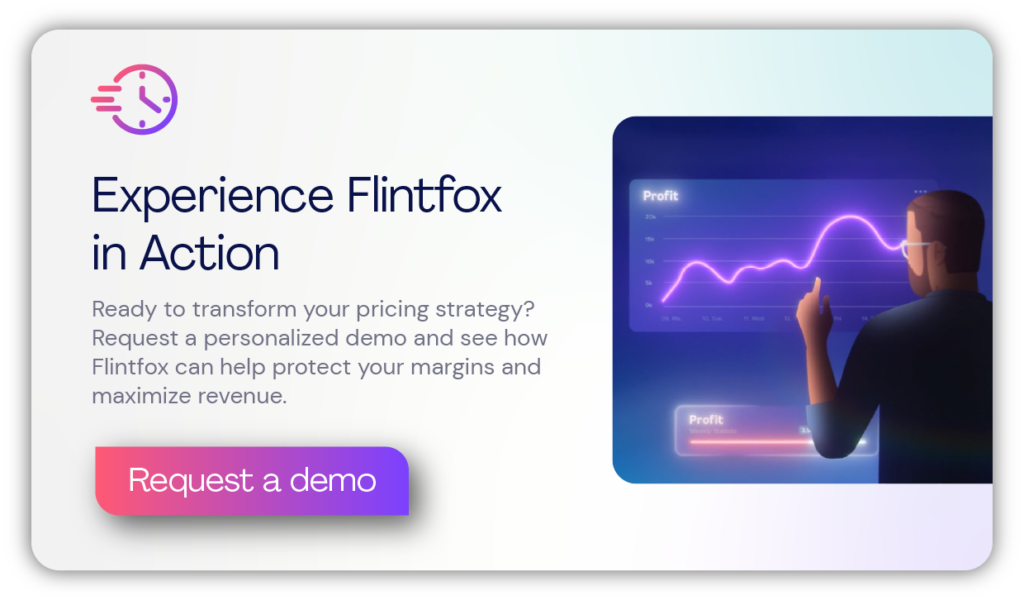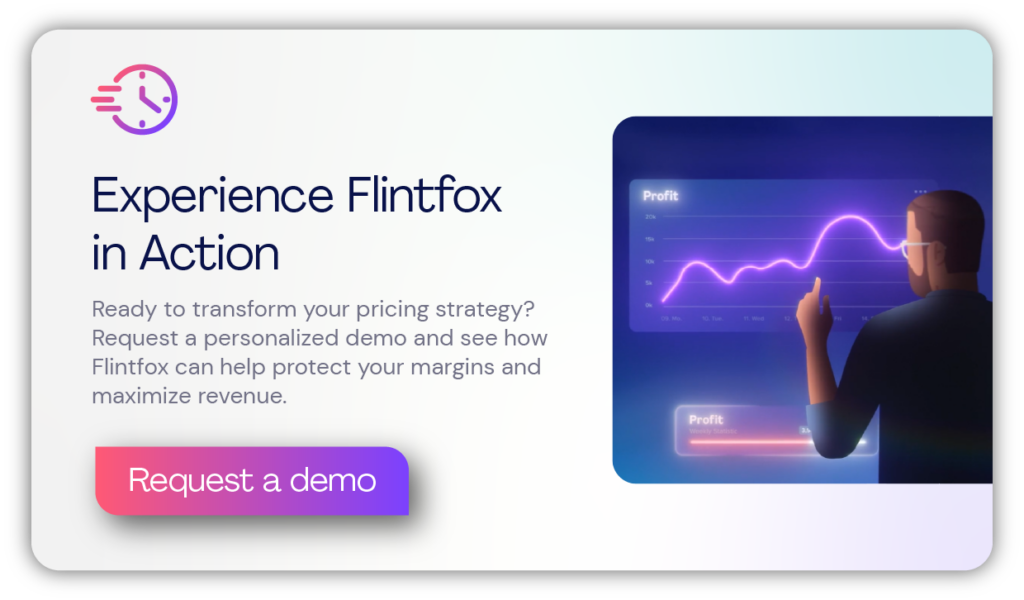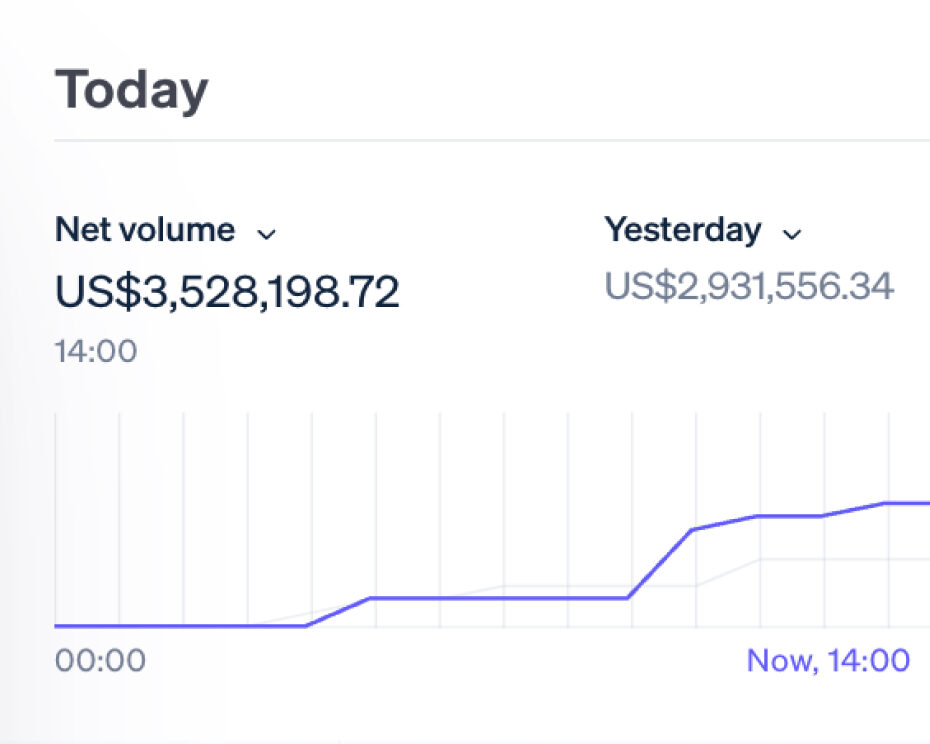How Can Profit Maximization Grow Your Business?
Profit maximization is finding the most efficient way to increase profits and improve the company’s overall financial health. In this article, we will explore the concept of profit maximization and its benefits, the formula used to calculate profit maximization and tips on how to implement it in your organization.
Table of Contents
- What is profit maximization
- Profit Maximization Formula
- Profit Maximization vs. Wealth Maximization
- How do you maximize profit?
- What are some examples of maximizing profit?
- Tips to maximize profits in business
- Benefits of profit maximization
What is Profit Maximization?
Profit maximization refers to the process by which a company aims to increase its profits to the greatest extent possible. It involves finding the optimal level of output where the difference between total revenue and total costs is the highest.
In other words, profit maximization involves increasing revenue and decreasing costs to achieve the highest possible level of profit. To do this, companies must determine the point at which marginal revenue equals marginal cost. This means the additional revenue generated by producing one more unit is equal to the additional cost of producing that unit.
By generating the maximum profit, businesses can reinvest in their operations, expand their offerings, and increase their competitive edge.
Profit Maximization Formula
The profit maximization formula is a basic principle that businesses use to determine the optimal level of output that generates the highest profit. The formula considers the relationships between margin revenue, marginal cost, total revenue, marginal revenue curve, and the level of output.
Margin revenue is the additional revenue generated by selling one more product unit. Marginal cost is the additional cost incurred by producing one more product unit. Total revenue is the overall revenue generated from selling a certain number of product units.
The marginal revenue curve represents the change in total revenue resulting from a change in output. The curve slopes downward as the level of output increases, indicating that each additional unit sold generates less revenue than the previous unit.
To determine the optimal level of output for profit maximization, a business should produce at the point where marginal revenue equals marginal cost. At this point, the business is producing the last unit that generates more revenue than the cost of producing it, resulting in maximum profit.
The profit maximization formula can be expressed as follows:
Profit = Total Revenue – Total Cost
Or
Profit = (Price x Quantity) – Total Cost
Where:
Price = the selling price per unit Quantity = the level of output Total Cost = the total cost of producing the quantity sold.
By understanding the relationships between margin revenue, marginal cost, total revenue, marginal revenue curve, and the level of output, businesses can use the profit maximization formula to make informed decisions about pricing, production, and sales strategies, ultimately leading to increased profits.

Profit Maximization vs. Wealth Maximization
Profit maximization is not the same as wealth maximization. Wealth maximization focuses on long-term financial success, considering the time value of money and the cost of capital. On the other hand, profit maximization is a short-term strategy that seeks to increase profits quickly, with little regard for long-term sustainability. While profit maximization is important for businesses, wealth maximization is a more comprehensive approach to achieving financial success.
How do you maximize profit?
To maximize profit, businesses must find the optimal price and output level. They can achieve this by conducting market research, analyzing costs, and using value-based and intelligent pricing strategies. Ultimately, businesses need to balance profitability with customer satisfaction and long-term sustainability.
What are some examples of maximizing profit?
Let’s say a clothing retailer wants to undertake profit maximization. Here are some strategies they could consider:
Increase prices: One option could be to increase the prices of their clothing. However, this strategy has to be implemented carefully as it could lead to a decrease in demand if customers are not willing to pay higher prices.
Optimize inventory: Ensuring that the right amount of inventory is available at the right time could minimize the cost of holding inventory while ensuring the business has enough stock to meet customer demand. The company must calculate the total cost of any software required to manage the inventory against the expected profit from selling more units.
Expand customer base: The business can increase its market share and generate more revenue by expanding its customer base. Reaching new customers involves additional marketing efforts, so they must consider these costs against the predicted increase in sales.
Streamline operations: The business can optimize its operations by improving efficiency and reducing waste. This could include automating certain processes or outsourcing tasks to reduce costs.
Tips to maximize profits in business
There are several ways to implement profit maximization in your business operations. Here are some tips:
1. Conduct market research
Understanding the target audience and their preferences can help businesses identify areas to increase sales and profits. By analyzing competitor pricing and the current market trends, businesses can make data-driven decisions that lead to greater profitability.
2. Implement value-based pricing
With value-based pricing, companies can set prices based on the product or service’s perceived value, maximizing revenue without sacrificing profitability. In contrast, cost-based pricing may not be the most effective pricing strategy for maximizing profits. It simply adds a percentage to its cost of goods sold (COGS), without considering how much customers would be willing to pay, which may leave profit on the table.
3. Implement intelligent pricing strategy
Agility in being able to execute your pricing strategy ensures you are staying at the pace of change in the trading environment. Airlines and retailers like Amazon are famous for using dynamic pricing strategies. Dynamic pricing software uses complex algorithms and sets the right price for the right customer at the right time. This flexible pricing strategy means businesses can set rules that maximize profits on every sale. Other industries such as manufacturing and CPG/FMCG rely on pricing execution technology that enables them to execute price changes quickly to ensure they are always maximizing margins.
4. Focus on high-margin products/services
Selling a high volume of low-margin products may be a challenging way to maximize profits. Identify which products or services generate the highest profit margins and focus on selling those, and ensure you have the right data and technology available to you to ensure you are hitting your margin KPI’s.
5. Closely monitor costs
If it costs you a lot more to sell a bit more, your marginal costs exceed your marginal revenue. Keep track of your total costs and identify areas where costs can be reduced. For example, negotiate with suppliers for better prices or consider outsourcing non-core functions.
6. Invest in marketing wisely
Marketing is a significant cost for most businesses. Optimizing profits means allocating resources to marketing efforts that are proven to generate a high return on investment (ROI).
7. Improve cash flow management
Monitor cash flow closely and optimize cash conversion cycles by collecting payments from customers more quickly and extending payment terms with suppliers where possible.
8. Use a smart pricing tool
The growth of omnichannel retail and dynamic trading environments means that pricing decisions have become more complex than ever before. Maximizing profitability is a science that requires businesses to model multitudes of pricing data in real-time. Using a smart tool like Flintfox’s Performance Pricing Engine empowers teams to set the best price at the right time while keeping costs watertight.

Benefits of profit maximization
Profit maximization has several benefits for businesses, including:
1. Improved financial performance
It goes without saying that businesses can increase revenue and improve their financial performance by maximizing profits. This can be used to reinvest in the company, expand operations, pay dividends to shareholders, or even prepare the business for a lucrative sale.
2. Improved shareholder value
Shareholders are more likely to invest in a company that is generating higher profits, which can increase the value of the company’s stock and provide higher returns to investors.
3. Competitive advantage
Profit maximization also allows businesses to invest in marketing, product development, and other areas that provide a competitive edge. Organizations with slim profit margins will find it harder to compete with competitors and ultimately become unsustainable.
4. Better bargaining power
Businesses with higher profits can negotiate better deals with suppliers, lenders, and other stakeholders.
5. Increased innovation
Higher profits can give businesses the resources to invest in research and development, leading to new and improved products or services.
6. Job creation
As businesses expand and increase their profits, they may create more job opportunities, benefiting the local economy.
7. Growth Opportunities
By reinvesting profits into the business, companies can expand their offerings and explore new markets, leading to greater growth opportunities.
While maximizing profits is extremely attractive to any business, businesses must balance this with ethical considerations and social responsibility. Overemphasis on profit maximization at the expense of other factors, such as employee satisfaction, customer satisfaction, and environmental sustainability, can lead to negative long-term consequences.
Maximize your profits the smart way
Maximizing profits and achieving long-term financial success are the primary goals for any business. But grappling with dynamic market conditions and swathes of pricing data is no walk in the park. Our Intelligent Pricing Platform integrates your pricing, rebates and omnichannel pricing strategy into one system, executing your pricing across regions, verticals, or platforms. Let us streamline your pricing operations and empower your teams with the real-time data they need to make informed decisions today.
Contact our team of experts to discuss how Flintfox can simplify and supercharge your pricing operations today.
Powerful pricing software supported with deep experience
Flintfox gives you flexibility with your application, unprecedented speed and power from our pricing engine and support from our dedicated team.
